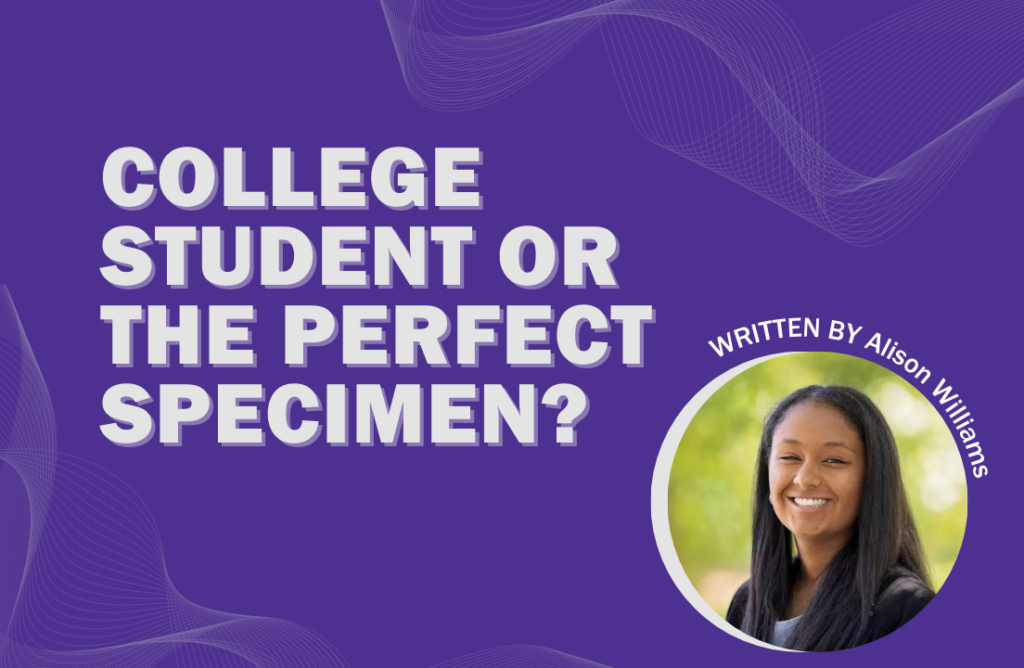College Student or the Perfect Specimen?

The stress of schoolwork, Greek life functions and simply everyday life can take a toll on college students. Now, imagine adding the pressure of being a college athlete who lives in the limelight every day. They strive to be perfect to protect their, their team’s and their university’s image. So, what do you do, as a PR professional, when they make a mistake or get in trouble?
In some cases, you roll with it. You still want the fans to see the athlete’s personality. That’s what happened with Iowa Quarterback Cade McNamara at his press conference before Iowa’s week three matchup against Western Michigan. McNamara had an unexpected sexual innuendo while speaking about the talent of his team’s defense. He laughed it off and had the journalists in the room laughing along with him. Once his media training kicked in, he requested that no one post his slip-up, but unfortunately that did not happen. It was posted to TikTok, as well as reported in other mediums online. However, the Iowa quarterback, along with his team, went with it. The situation turned out to be nothing but humorous and didn’t hurt McNamara’s image; only showed a little bit of his personality.
In other cases, you roll out your crisis management skills and give grace after the fact. In March 2006, members of Duke University’s Men’s Lacrosse team were accused of sexually assaulting a woman at an off-campus party thrown by the team captains. The case also garnered a lot of media attention because of the perceived privilege of the white college lacrosse players and because the accuser was a Black woman in a racially divided town. Duke’s administrative support told the athletes to keep their heads down, stay out of the press and focus on their sport. The case lasted 13 months. The crisis response by Duke in part helped with a sensitive and difficult situation. It came to light that the prosecution had wrongly accused the Duke athletes and all charges were dropped.
There are a few ways to get ahead of these crises. One way is through extra media training. This is even more important when NIL Deals come into play. While they might add another level of stress to players, they’re beneficial for collegiate communications offices. Having those deals means that the brands the athletes are now representing are responsible for media training and presence. But again, “anything can happen and issues can arise,” said Andrea Nirsimloo, president of M&C Saatchi Sport & Entertainment North America to PR News. “So, as with any communications campaign, being prepared as possible is the best approach.”
In the end, as a PR specialist, you must remember that people are not perfect, they’re human. And college students, especially athletes who have been pushed into the spotlight, are still young and are still learning. College is one time in your adult life where you are not required to know all of the answers, you just have to be willing to ask questions and to ask for help. That’s the lesson all PR professionals need to learn when it comes to working with college students.
Alison Williams is a junior Journalism and Mass Communications student at Samford University. Originally from Chattanooga, Tenn., Alison grew up an athlete and has since used that passion for sports to fuel her career in the sports media industry. She loves hearing the stories of people from all over the world, and you can most likely find her on a field or a court promoting the athletes and coaches of the teams around her. You can learn more about her fun and sports-filled life and connect with her on LinkedIn!

